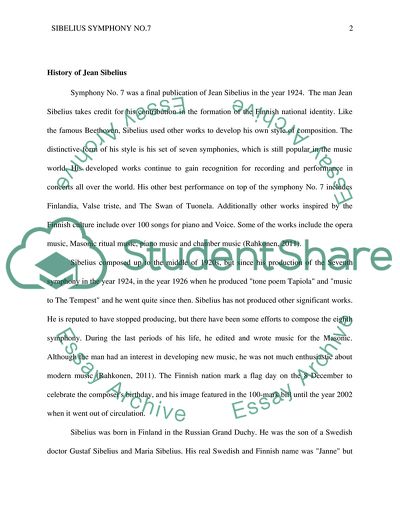Cite this document
(“Sibelius symphony no.7 Research Paper Example | Topics and Well Written Essays - 2250 words”, n.d.)
Retrieved from https://studentshare.org/music/1624027-sibelius-symphony-no7
Retrieved from https://studentshare.org/music/1624027-sibelius-symphony-no7
(Sibelius Symphony no.7 Research Paper Example | Topics and Well Written Essays - 2250 Words)
https://studentshare.org/music/1624027-sibelius-symphony-no7.
https://studentshare.org/music/1624027-sibelius-symphony-no7.
“Sibelius Symphony no.7 Research Paper Example | Topics and Well Written Essays - 2250 Words”, n.d. https://studentshare.org/music/1624027-sibelius-symphony-no7.


